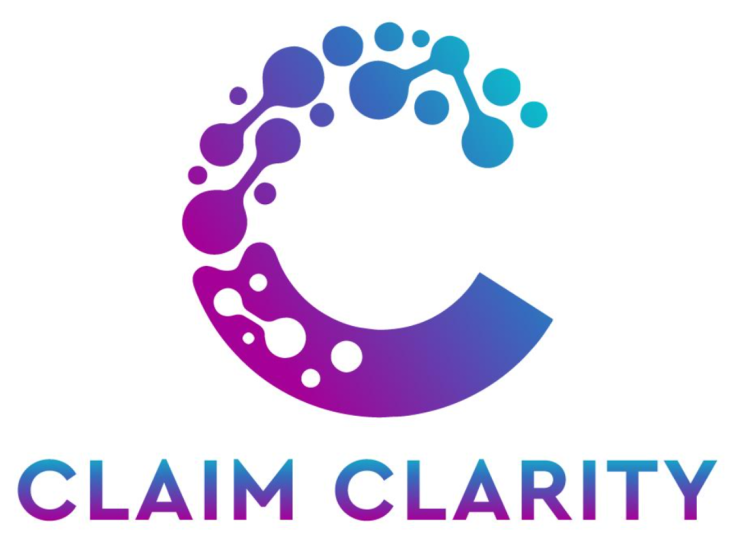How Claim Clarity Redefines The Future Of Evidence-Based Treatment

Every year, millions of workers have to leave their jobs for short or long periods of time due to workplace-related injuries. The National Safety Council (NSC) reports that approximately 4.2 million men and women experience occupational injuries per year, with 510 getting hurt per hour. These alarming statistics call for an efficient workers' compensation (WC) program that ensures workers becoming injured, disabled, or ill in the workplace or, as a result of the job, receive benefits (e.g., medical cost coverage, occupational therapy, partial salary repayment, etc.).
Workers' compensation programs are commonly paid for by private insurers, from premium packages paid by employers. However, it is worth mentioning that in most cases, compensation coverage differs for every individual. For instance, in the United States, workers' compensation policies vary for each state, making it more difficult for people to receive benefits. Adding to this issue is the tumultuous healthcare review process in the country.
Johns Hopkins Medicine reports that in the U.S., every year, more than 250,000 deaths happen due to medical errors. Given this context, it is crucial to note that utilization review (UR) or utilization management (UM) is an integral aspect of quality assurance. Healthcare providers and insurance companies utilize UR in evaluating the efficiency, necessity, and appropriateness of the issued medical services, procedures, and treatments. Purchasers of medical services (e.g., insurance claim professionals, third-party administrators, and medical management organizations) use the information from these reviews to ensure that patients not only receive the care they need, but also avoid unnecessary treatments or procedures, all while managing the cost of healthcare benefits.
One of the most common risks in utilization reviews is the possibility of delays or denial of necessary patient care. It is important to emphasize that UR uses evidence-based guidelines or criteria.
Jamie LaPaglia, the founder of Claim Clarity, a Florida-based tech solutions provider for the healthcare industry, recognized one of the most common reasons for denied workers' compensation claims. "One of the issues the healthcare and insurance industry is facing is the existence of numerous aggregated systems. Most of the time, workers' comp treatments get denied because the one who handles the UR is looking at the wrong information from tens of thousands of guidelines," LaPaglia stated.
The healthcare sector continues to use antiquated, outdated, and terminology-specific systems that make finding relevant information even more difficult. Recent research suggests that adopting new evidence-based medical treatment plans may take at least several years. LaPaglia's extensive experience as a nurse and a thought leader in WC, disability, and auto injury enabled him to determine the root cause of the issue -- interoperability. He remarked, "Many of the leaders in the industry, including the stakeholders and companies responsible for publishing annual reports, push for claim automation. The problem is that it's nearly impossible to strip off the current system and place a new one because its software operates through extremely specialized claim mechanisms."
The thought leader believes that before changing the entire system, it is significant to invest in technology, first and foremost. Secondly, it is imperative to have clean data to build upon this automation. LaPaglia added, "AI machine-learning requires data. We can't rely on it entirely because AI simply allows us to process data faster than we could manually. But if it doesn't have clean data to learn from, it won't work."
Claim Clarity aims to revolutionize the healthcare industry by improving claim outcomes, especially within the workers' compensation sector, by developing an innovative tool that automates evidence-based treatment. This first-of-its-kind tool not only streamlines medical benefits, but also significantly reduces costs.
"In Claim Clarity, our primary goal is to provide stakeholders clean, meaningful, reliable, and credible information so they can make more informed decisions," the founder declared.
However, the expert problem solver acknowledges that developing a tool that would automate evidence-based treatments and streamline medical benefits requires vast knowledge in multiple areas of specialization. The team behind Claim Clarity, spearheaded by LaPaglia, consists of experienced professionals from various disciplines that allow them to find correlations among vast medical information.
Also, acknowledging the gaps in claim automation, Claim Clarity employed a different approach that involved semantic modeling, which focused on user intent. For instance, if the objective is to find a guideline for surgery for a rotator cuff injury, the Claim Clarity tool would provide a cohesive guideline by first dissecting the request into its semantic components, looking into three primary domains: the procedure, the condition, and the anatomy.
"Suppose the medical professional advised the patient to undergo rotator cuff tear repair. When the insurer searches for this procedure, the machine would analyze that repair refers to the procedure, tear is the condition, and rotator cuff is the anatomical body part. Our tool would process all the related information that involves these concepts, allowing us to match them to the database that contains the treatment guidelines. Basically, the tool understands the intent, gathers related information to what was searched, and brings them all together," LaPaglia explained.
To make this happen, Claim Clarity leverages SNOMED to normalize the data.
Because claim processing proves to be strenuous, there is a preconceived notion that initiating the advancement of claim automation would only impact WC negatively. On the contrary, improving claim outcomes would help injured workers and their families to rely on a standardized, up-to-date system that would help them make more informed decisions regarding their overall health.
The rising tech solutions provider's primary objective is to help stakeholders navigate legacy systems to transform the information service industry for the better. Ultimately, Claim Clarity, in its mission to help injured and disabled workers receive the care they need in the fastest way possible, aims to revolutionize the healthcare industry, starting with addressing the persisting problems regarding interoperability.
© Copyright IBTimes 2024. All rights reserved.





















